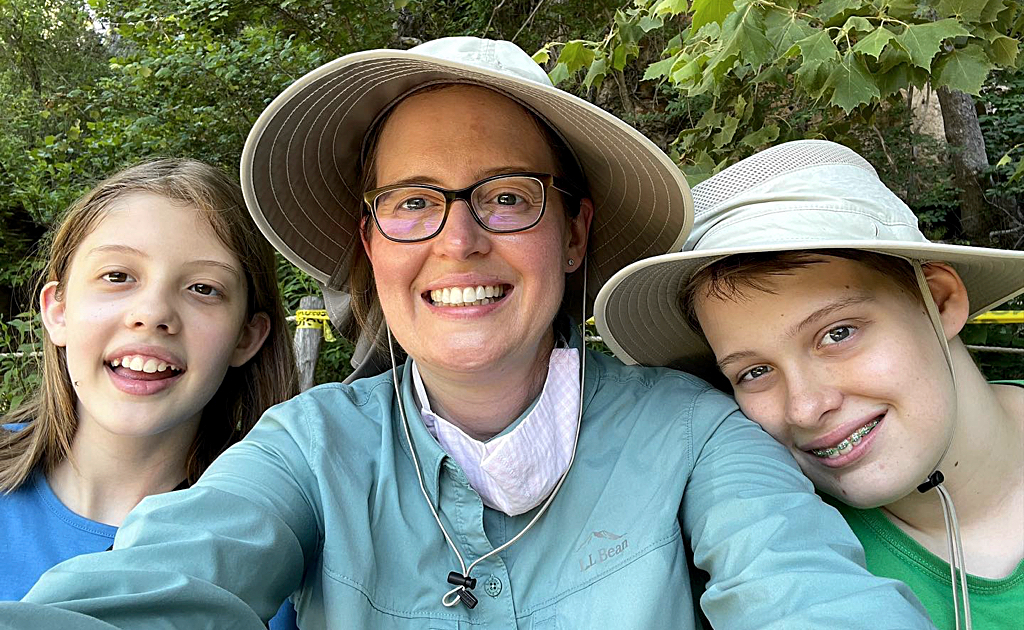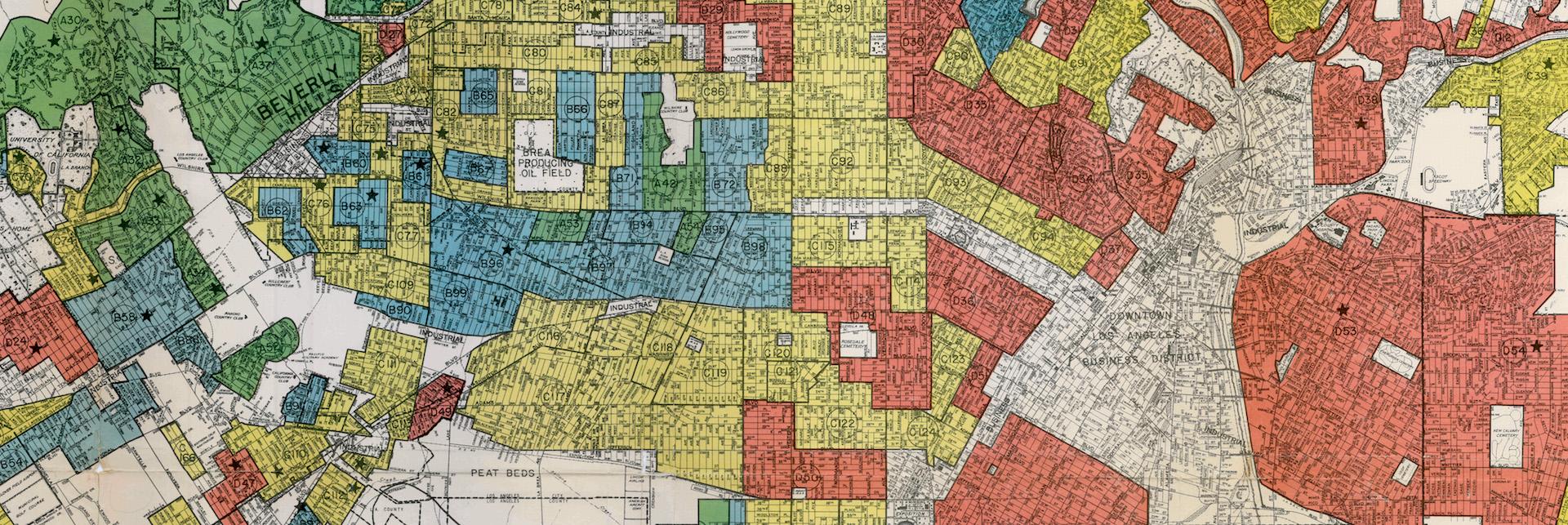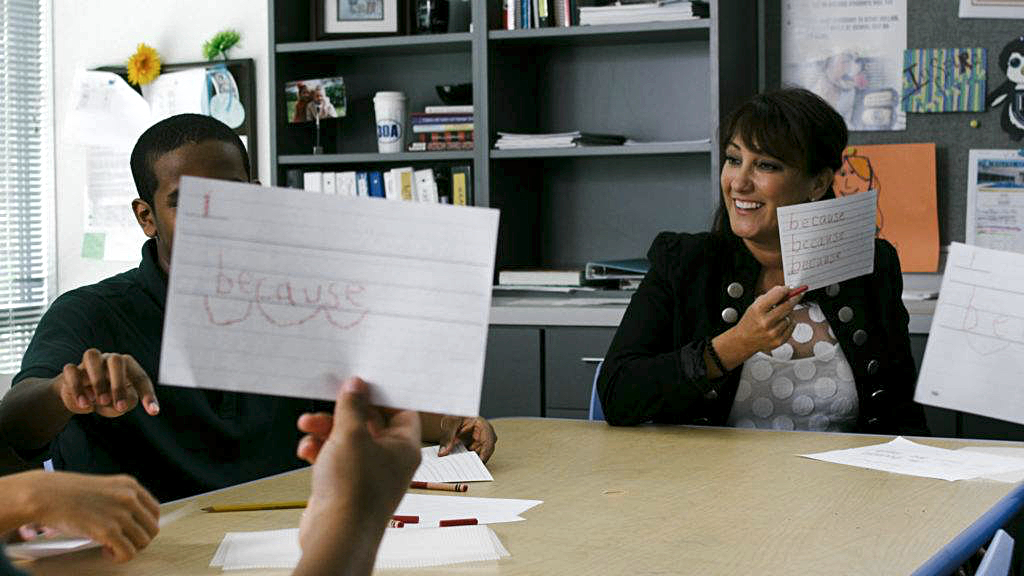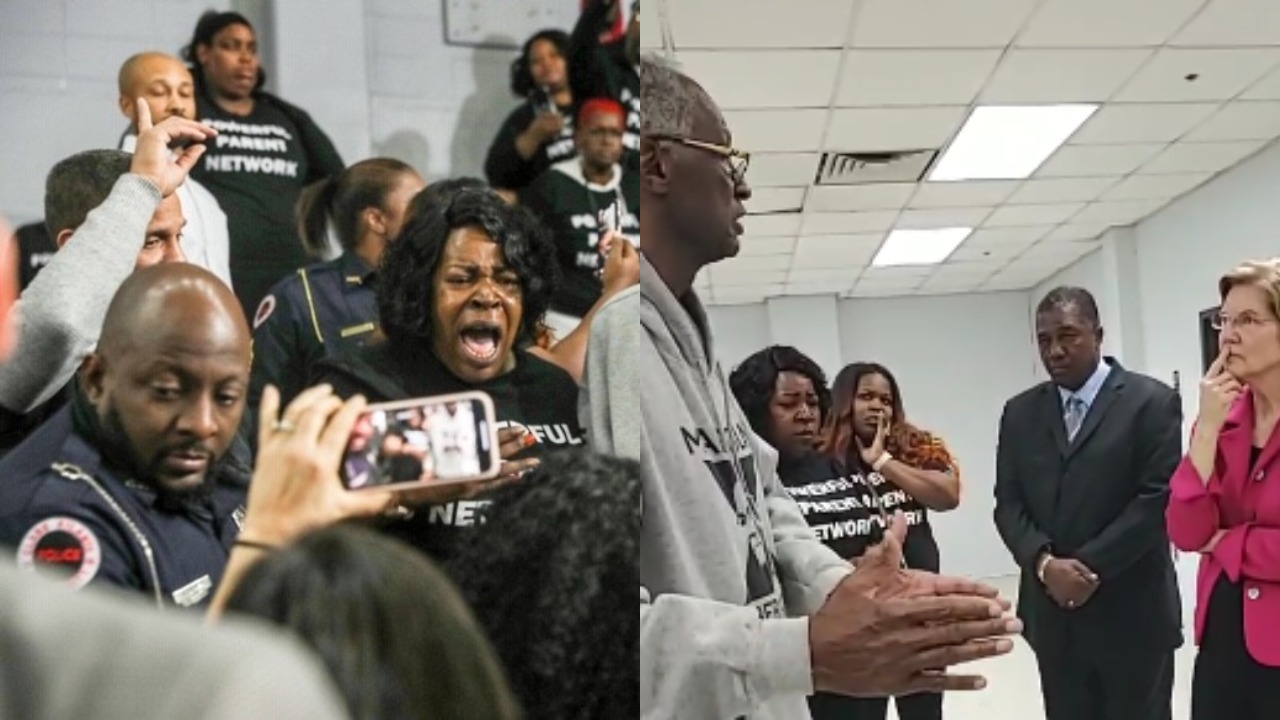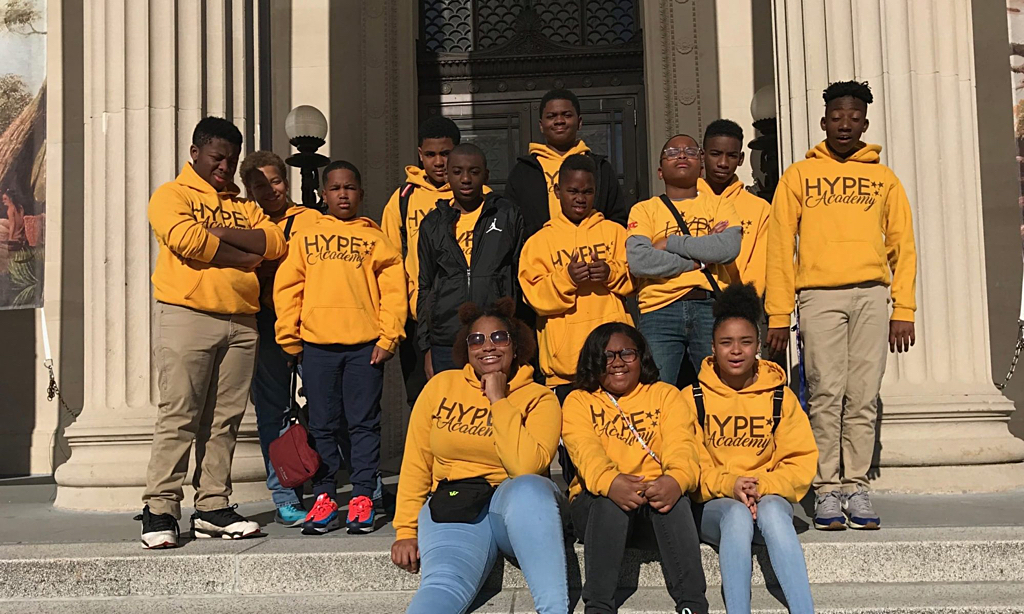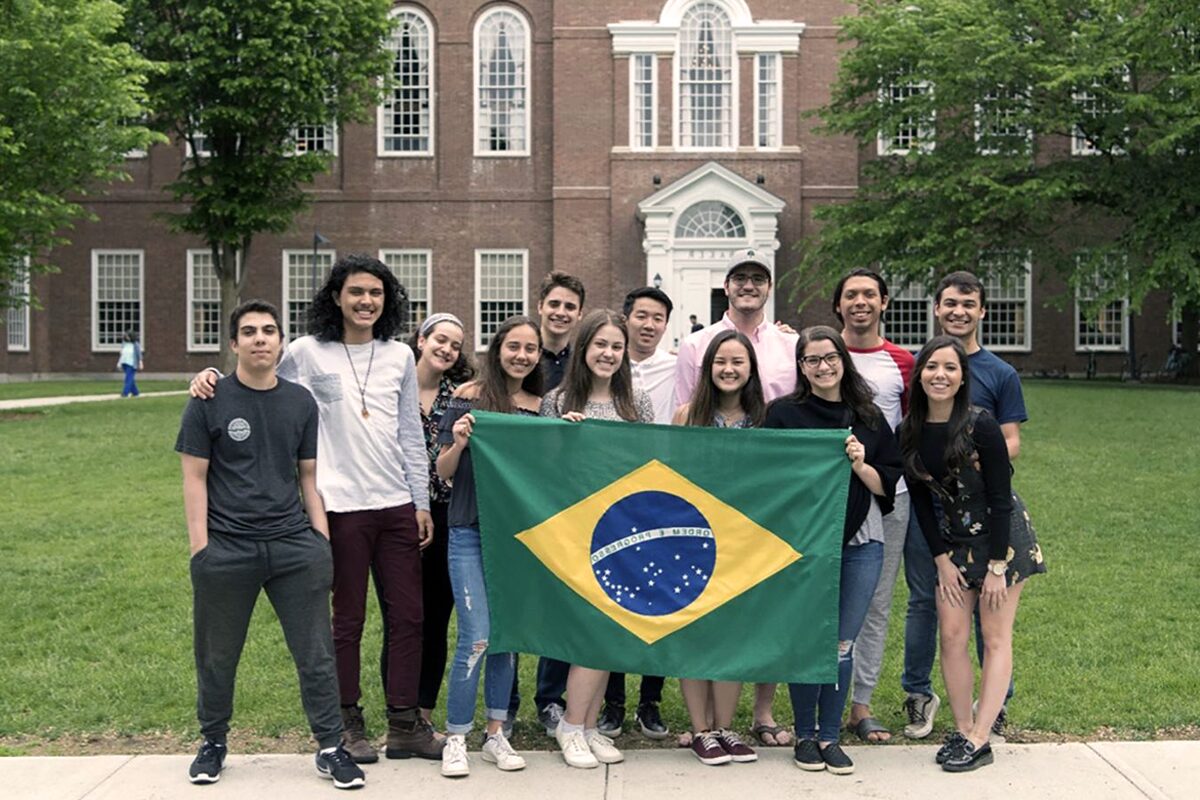
Capstone Projects at Colleges in the U.S. and Brazil: A Comparative Analysis
The collegiate curriculum now includes capstone projects, which allow students to apply their academic knowledge to real-world problems. These programs are crucial to education in the U.S. and Brazil, although their execution and impact vary due to educational philosophies, resources, and institutional aims. This essay compares these disparities with teacher perspectives from both countries.
The Purpose of Capstone Projects
In both the U.S. and Brazil, capstone projects are designed to synthesize and integrate knowledge the students have acquired throughout their academic program. These projects often involve a combination of research, methodology, and fieldwork. According to Professor John Miller from a leading university in the U.S., capstone projects are “a student’s opportunity to display their competence and innovate within their chosen field.”
Similarly, Professor Ana Silva from Brazil views them as “uma ponte crucial entre o conhecimento teórico e a aplicação profissional. Esta visão ressalta a justificativa de TCC, enfatizando a importância do projeto como um projeto de TCC ou monografia que não só segue as normas da ABNT, mas também serve como uma aplicação prática do conhecimento, sendo integrada às ofertas educacionais do Studybay. “
Structure and Duration
In the U.S., capstone projects typically span the final semester or the last year of a student’s degree program. They may be undertaken individually or in groups and often culminate in a substantial paper or a presentation.
In contrast, Brazilian capstones frequently extend over a longer period, sometimes encompassing the entire final year of study, allowing students to engage more deeply with complex projects, particularly in engineering and technology programs.
Interdisciplinary Approach
U.S. institutions frequently emphasize an interdisciplinary approach in capstone projects. This method encourages students from various academic majors to collaborate on a project, fostering a rich exchange of ideas and perspectives that can lead to innovative solutions and broader understanding. For example:
- Engineering and Business Collaboration: Engineering students may design a product, while business students create a market entrance plan for it. Together, they address both the technical and commercial sides of bringing a novel invention to market.
- Health Sciences and Technology Team-Up: Students may collaborate to create a new health app that answers specific patient requirements, integrating medical knowledge with technical development abilities.
- Environmental Science and Public Policy: Environmental science students engage with public policy professionals to develop long-term environmental policies. This collaboration serves to close the gap between scientific research and actual policy implementation.
- Arts and Marketing Merge: Art students could collaborate with marketing students to develop engaging campaigns that use artistic skills to improve advertising effectiveness.
- Computer Science and Sociology: These students may collaborate to examine the social implications of new technology, ensuring that technological development is influenced by an awareness of social dynamics and potential consequences.
In contrast, capstone projects in Brazil tend to be more discipline-specific, reflecting a traditional approach where education is often segmented into distinct fields without much overlap.
This difference highlights distinct educational philosophies and practices between the two countries, with the U.S. leaning more towards integration and multidisciplinary collaboration, while Brazil maintains a focus on deep, specialized knowledge within particular domains.
Integration with Industry
One significant difference is the level of industry integration. Brazilian universities demonstrate strong ties with local industries, with many capstone projects directly linked to the specific needs of these industries, giving students valuable hands-on experience. Here are examples of such collaborations, involving well-known companies in Brazil:
- Embraer Collaboration: Aeronautical engineering students might partner with Embraer, one of the largest aerospace manufacturers in the world, based in Brazil. These students can engage in projects that involve designing parts of aircraft or improving flight simulation technology, applying their theoretical knowledge to real-world aerospace challenges.
- Petrobras Energy Projects: Students in chemical engineering and environmental sciences frequently collaborate with Petrobras, a leader in the global energy sector. These projects could focus on enhancing oil extraction methods or developing more sustainable energy solutions, aligning academic research with the needs of Brazil’s primary oil company.
- Natura Cosmetics R&D: Students in chemistry and biology might work with Natura, a major Brazilian cosmetics company known for its commitment to sustainability. These capstone projects can involve developing new skincare products using Amazonian biodiversity resources, which helps students learn how to innovate within the strictures of ecological and sustainable product development.
These examples highlight the depth of practical experience students can gain through industry partnerships, which not only enhance their learning but also align them closely with leading companies in significant sectors of Brazil’s economy.
In the U.S., while industry involvement is common, it is not as consistently integrated into the curriculum across all disciplines and institutions.
Impact on Career Readiness
Both U.S. and Brazilian educators agree that capstone projects significantly enhance career readiness. U.S. educators, like Professor Miller, emphasize the project’s role in “developing critical thinking and problem-solving skills.” Brazilian Professor Silva highlights that “capstone projects in Brazil are often seen by employers as a key indicator of a student’s practical abilities and work ethic.”
According to a study from the Association of American Colleges & Universities, 70% of students who participated in capstone projects secured a job offer by graduation, compared to 50% of those who did not.
A survey conducted in Brazil revealed that 85% of participating companies consider capstone projects as a critical metric in hiring fresh graduates. This reflects the high value placed on practical experience within the Brazilian job market. Furthermore, students who engaged in industry-linked capstone projects report a 30% higher likelihood of securing a position within six months after graduation compared to their peers.
Technological Integration
In terms of technological integration, U.S. colleges are often at the forefront, incorporating the latest technologies into capstone projects, including AI and data analytics. Brazilian projects, while increasingly tech-focused, sometimes struggle with limited access to cutting-edge technologies due to budget constraints.
Assessment Methods
Assessment methods for capstone projects also differ.
| Country | Primary Assessment Methods | Focus of Assessment | Examples of Feedback Frequency |
| U.S. | Peer review, Continuous feedback, Presentations, Written reports | Process-oriented (continuous assessment throughout project) | Weekly/Bi-weekly meetings with advisors, peer assessments |
| Brazil | Final product evaluation, Occasional presentations | Product-oriented (emphasis on final deliverable) | End of semester final review, occasional advisor meetings |
In the U.S., there is a strong emphasis on peer review and continuous feedback throughout the project, incorporating various assessment forms including presentations and written reports. In Brazil, the final product is heavily weighted, with less formative assessment throughout the process.
Challenges Faced by Students
Students in both countries face significant challenges during their capstone projects. In the U.S., the challenge often lies in the scope of the projects being too broad, leading to difficulties in completing the project within the allotted timeframe. Brazilian students, on the other hand, often struggle with insufficient resources and guidance, as noted by Professor Silva.
Educators’ Views on Improvements
Educators in both countries see room for improvement. U.S. educators suggest greater integration of global perspectives and more real-world impact studies. Brazilian educators emphasize the need for better funding and more access to technological tools to enhance the quality and scope of research and development in capstone projects.
Capstone projects are still an important part of higher education in both the U.S. and Brazil because they help students get ready for the real world. But every country also has its own problems that it needs to solve. One way for them to do this is to share the best ways of doing things. As capstone projects change over time, they will continue to be at the cutting edge of new ways to teach and prepare students for careers, connecting the academic and business worlds.





